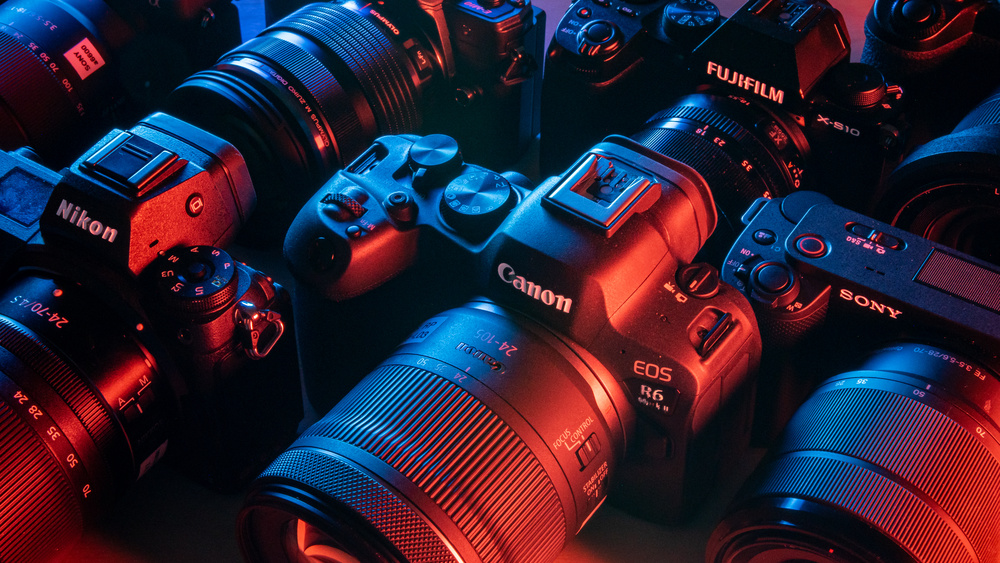The invention of the camera marked a pivotal moment in mankind’s ability to capture and preserve moments in time. This tool ultimately revolutionized the way we document history, art, and personal memories. The journey of the camera’s invention is a fascinating tale of innovation, spanning centuries of scientific exploration and creativity. Understanding the development of the first camera allows us to appreciate how far technology has advanced and how it has shaped our visual culture.
The Camera Obscura: Precursor to the Modern Camera
Early Foundations in Optics
Long before the first camera was built, ancient civilizations were already manipulating light. The camera obscura (Latin for “dark chamber”) is an optical device that dates back to ancient times. It worked by letting light through a small hole into a darkened space, projecting an upside-down image of the outside world. This phenomenon was first described by the Chinese philosopher Mozi and used by artists and astronomers as aids in their work.
Refinements Leading to Photography
Over time, the camera obscura evolved, starting as a room-sized apparatus and eventually becoming more portable. By the 17th century, lenses had been added to the small hole to create a clearer image. The camera obscura’s principles laid the foundation for understanding how light can be manipulated to capture images, a critical step towards inventing the first true camera.
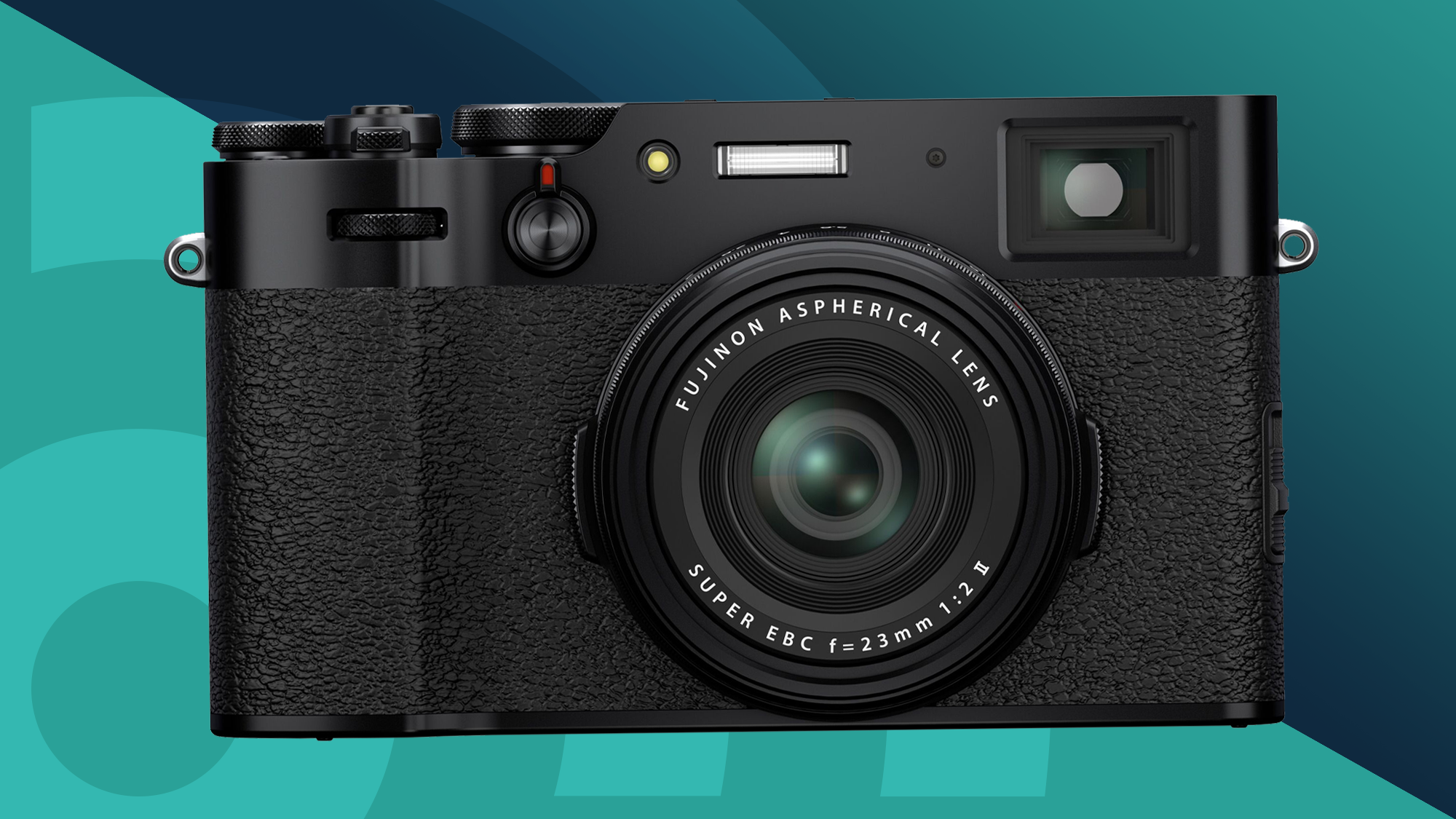
The Birth of the Photograph: The First Permanent Image
Joseph Nicéphore Niépce and the Heliograph
The first permanent photograph—created with a camera—was taken in the early 19th century by Joseph Nicéphore Niépce. In 1826 or 1827, using a camera obscura fitted with a pewter plate coated with bitumen of Judea, Niépce produced an image after an exposure lasting several hours. This process, which he called ‘heliography’, captured the view from his window in France and is considered the oldest surviving photo created in a camera.
Daguerreotypes and Advancements
Niépce’s success paved the way for further advancements. His partnership with Louis Daguerre resulted in the development of the daguerreotype process, which significantly reduced exposure times and created sharper images. In 1839, the daguerreotype was announced to the world and marked the beginning of the photographic era. Daguerre’s invention was a crucial step toward modern photography, as it was the first to be commercially available.
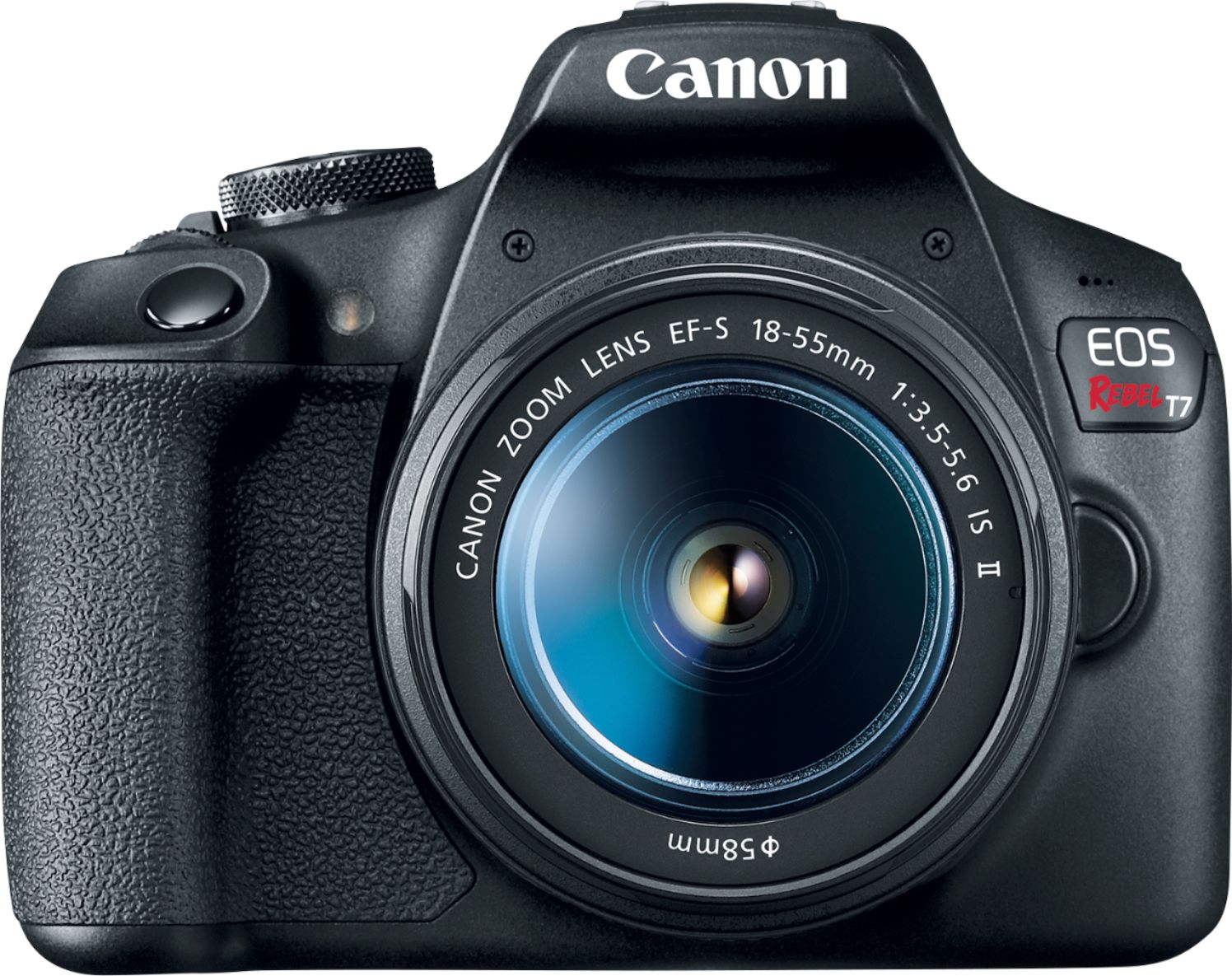
The Evolution of Cameras: From Daguerreotype to Film
Moving Towards Portability and Convenience
With the success of the daguerreotype, the demand for more portable and user-friendly cameras grew. The 19th century saw rapid advancements in photography technology, including the wet plate process and eventually dry plates. In the 1880s, George Eastman introduced flexible roll film, which did not require immediate processing, making photography more convenient for the average person.
The Kodak Moment: Democratizing Photography
In 1888, Eastman released the Kodak camera, pre-loaded with a 100-exposure roll of film. This camera’s simplicity, “You press the button, we do the rest,” revolutionized photography. Now, everyday people could take photographs, send the camera back to Eastman for processing, and receive their prints and a reloaded camera. This era marked the move from professional photography to the snapshot culture we know today.
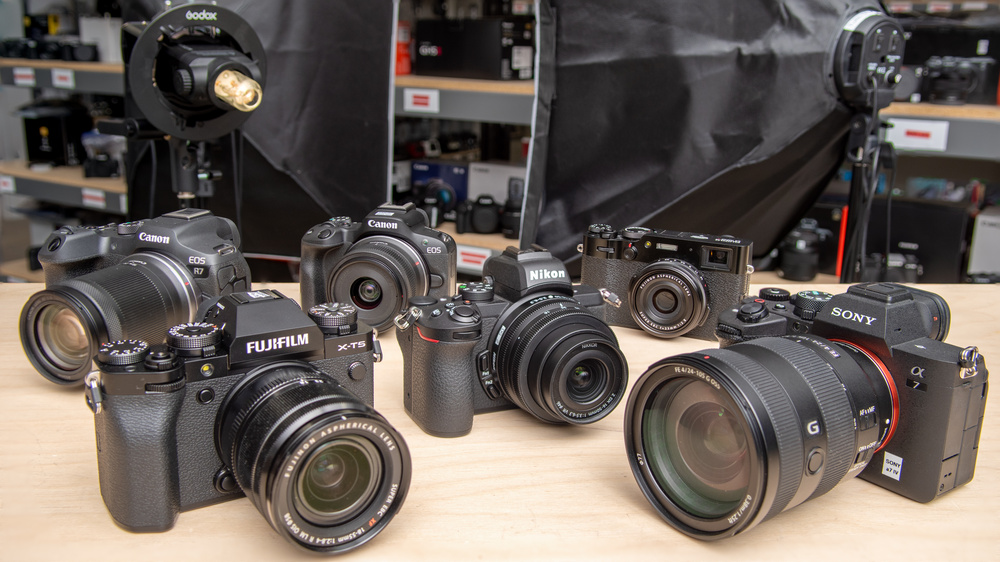
The Camera Today: An Extension of Ourselves
The Digital Revolution
In the late 20th century, digital technology transformed cameras once again. The first true digital camera was developed by Kodak engineer Steve Sasson in 1975. Digital cameras eliminated the need for film and made it possible to instantly view, delete, or transfer images. Today, digital cameras continue to improve with higher resolutions and features such as WiFi connectivity and integrated photo editing software.
The Ubiquity of Camera Technology
Now, in the 21st century, cameras are ubiquitous, integrated into smartphones, and are an integral part of our daily lives. We now have the power to capture high-quality photos and videos anytime, anywhere. Advanced camera systems on mobile devices have made photography accessible to an unprecedented number of people, fueling platforms like Instagram and Snapchat.

The Integration of Cameras in Daily Life
Cameras as Tools for Expression and Documentation
Cameras, once bulky and exclusive to professionals, have now become daily companions for millions. They serve as powerful tools for self-expression, allowing users to articulate their vision of the world. People document life’s milestones, from the mundane to the extraordinary, using a camera. Moreover, social media platforms thrive on the content created through these lenses. Photography is no longer just about capturing reality—it’s also about creating and sharing experiences that resonate on a personal and collective level.
The Educational and Social Impact of Cameras
The proliferation of cameras has changed the landscape of education and social awareness. Documentaries and photojournalism bring distant issues into sharp focus, fostering empathy and informing the public. In classrooms, cameras facilitate interactive learning, from capturing scientific experiments to producing student-led film projects. The accessibility of camera technology has empowered individuals to contribute to global conversations, providing a visual testament to the world’s diversity and complexity.
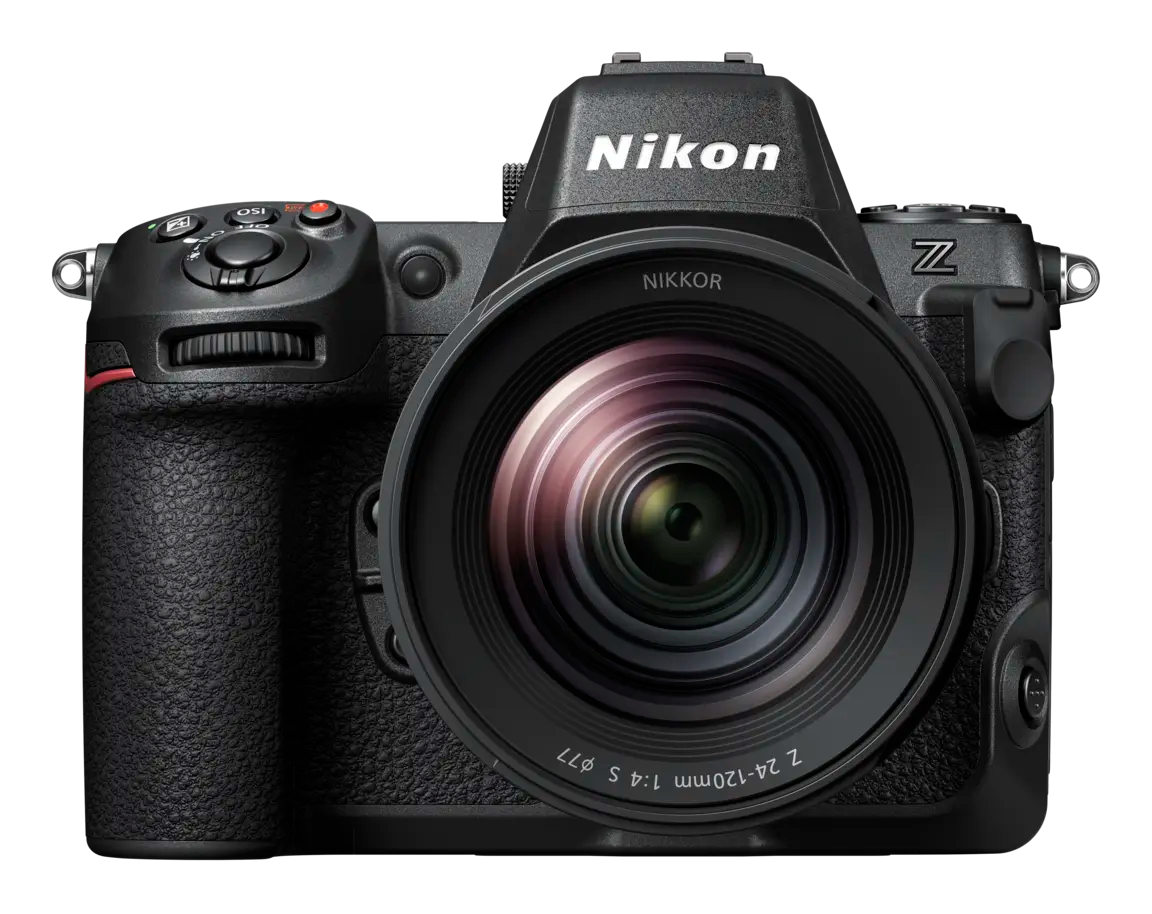
Security and Ethical Considerations
As camera technology has become more embedded in our lives, it also raises significant security and privacy concerns. Surveillance cameras are prevalent, from street corners to personal residences, offering both protection and questions about the extent of monitoring. The ease with which photographs may be taken and shared also prompts ethical considerations regarding consent and the potential for intellectual property infringement. As we navigate the digital age, society must balance the benefits of ubiquitous cameras with the responsibility of respecting individual rights and freedoms.
The Future of Camera Technology
Innovative Horizons in Photography
The relentless pace of technological advancement suggests a future for cameras that stretches well beyond our current capacities. With the advent of augmented reality (AR) and virtual reality (VR), cameras may soon not only capture the world as we see it but also overlay it with digital information, enhancing our perception of reality. Imagine cameras that can interpret scenes, recognize faces and emotions, and seamlessly integrate with other smart devices to create immersive experiences.
Advances in artificial intelligence (AI) will revolutionize cameras further by enabling features such as real-time translation of written text in images and automated photo editing that rivals professional touch-ups. The potential for cameras to assist in healthcare, such as through non-invasive diagnostics, is also an exciting frontier. Cameras of the future will continue to transform, morphing into multipurpose devices that offer expansive creative possibilities and serve as gateways to previously unimagined realms of interaction and exploration.
In summary, the invention of the first camera was not a single event but the culmination of centuries of optical science and experimentation. From the ancient camera obscura to Niépce’s heliograph to Eastman’s roll film, each progression laid the groundwork for the next. Today’s digital and smartphone cameras are the latest chapter in this ongoing story, continuing to change how we capture and share our lives. As we witness this era of visual immediacy, we stand on the shoulders of those early innovators who sought to fix a moment in time, forever transforming our interaction with the world.
